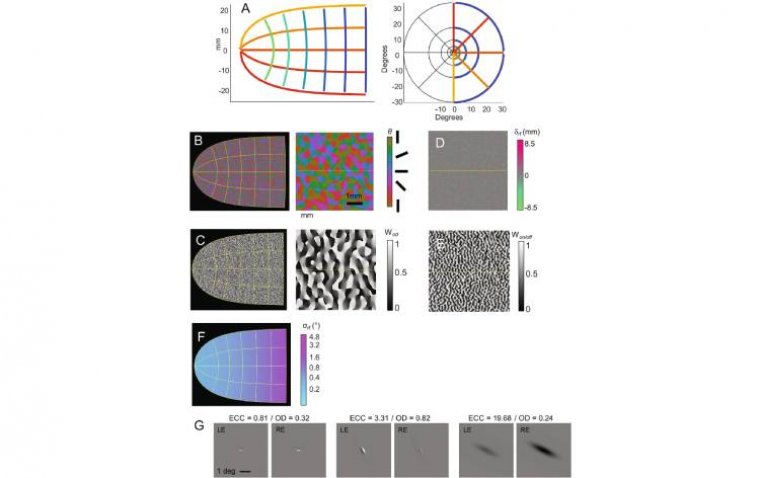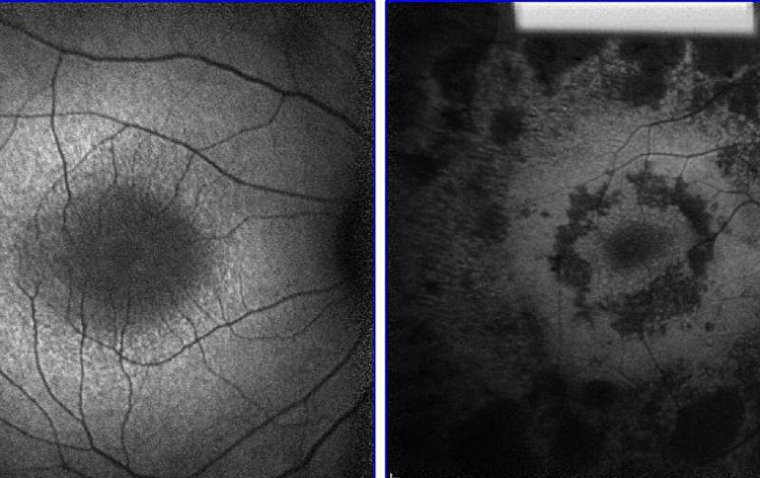
Researchers Identify Potential Genetic Targets for Strabismus Treatment
Researchers at Boston Children's Hospital have made a significant advancement in understanding the genetic components of strabismus, a common eye condition that causes misalignment of the eyes, specifically esotropia (eyes turning inward) and exotropia (eyes turning outward). They discovered chromosomal duplications on the second, fourth, and tenth chromosomes that are common in patients with both conditions, suggesting shared genetic risk factors.
Genetic Discovery in Strabismus
Dr. Mary Whitman, MD, PhD, a leading ophthalmologist at Boston Children's and the principal investigator, stated, "Our long-term goal is to identify the underlying pathophysiology so that we can develop treatments that address strabismus. This finding implies that those treatments might work for both esotropia and exotropia if they share underlying causes."
The study builds on previous research from Boston Children's that identified three recurrent genetic duplications increasing the risk of esotropia in white patients. The team extended their research to include a diverse cohort of 234 patients with exotropia, recruited over an 18-year span, to explore if these genetic markers were broadly connected to strabismus or specifically to esotropia.
Published in JAMA Ophthalmology, the findings present a new understanding of how these genetic factors could be linked to common types of strabismus, despite the role of several environmental risk factors such as prematurity, low birth weight, and smoking during pregnancy.
The Importance of Genetic Regulation
Dr. Whitman explained, "When we started looking at this, we thought maybe we'd find a specific gene is deleted and that will tell us the gene is important. But that's not what we found. Instead, we found regions that are duplicated, which we think probably affects gene regulation."
The research team has now introduced these chromosomal variants into pluripotent stem cells to further study their effects on neuronal structure, function, gene expression, and chromatin rearrangement. While the findings do not yet provide a direct pathway to treatments, they offer a promising direction for potentially identifying individuals at risk and preventing strabismus before it develops.
About Strabismus
Strabismus is an ocular condition where the eyes do not properly align with each other when looking at an object, causing them to point in different directions. This misalignment can lead to the eyes turning inward (esotropia), outward (exotropia), upward, or downward, disrupting binocular vision and depth perception. Strabismus can occur due to muscle dysfunction, nerve damage, or congenital structural defects in the eye. It is commonly seen in children but can also develop in adults due to various causes such as trauma or systemic diseases.
Reference
Mayra Martinez Sanchez et al, Presence of Copy Number Variants Associated With Esotropia in Patients With Exotropia, JAMA Ophthalmology (2024). DOI: 10.1001/jamaophthalmol.2023.6782
(1).jpg)










